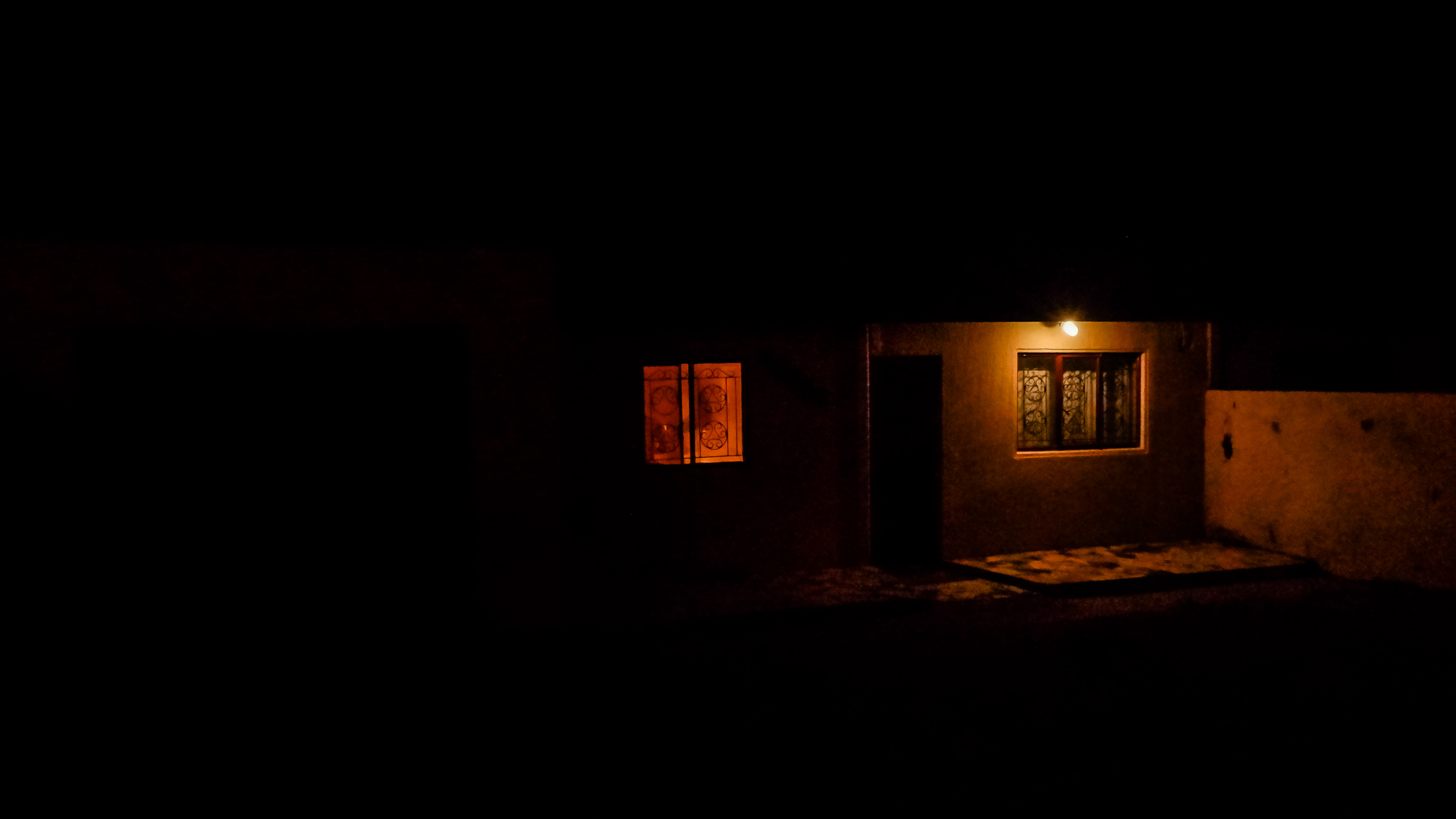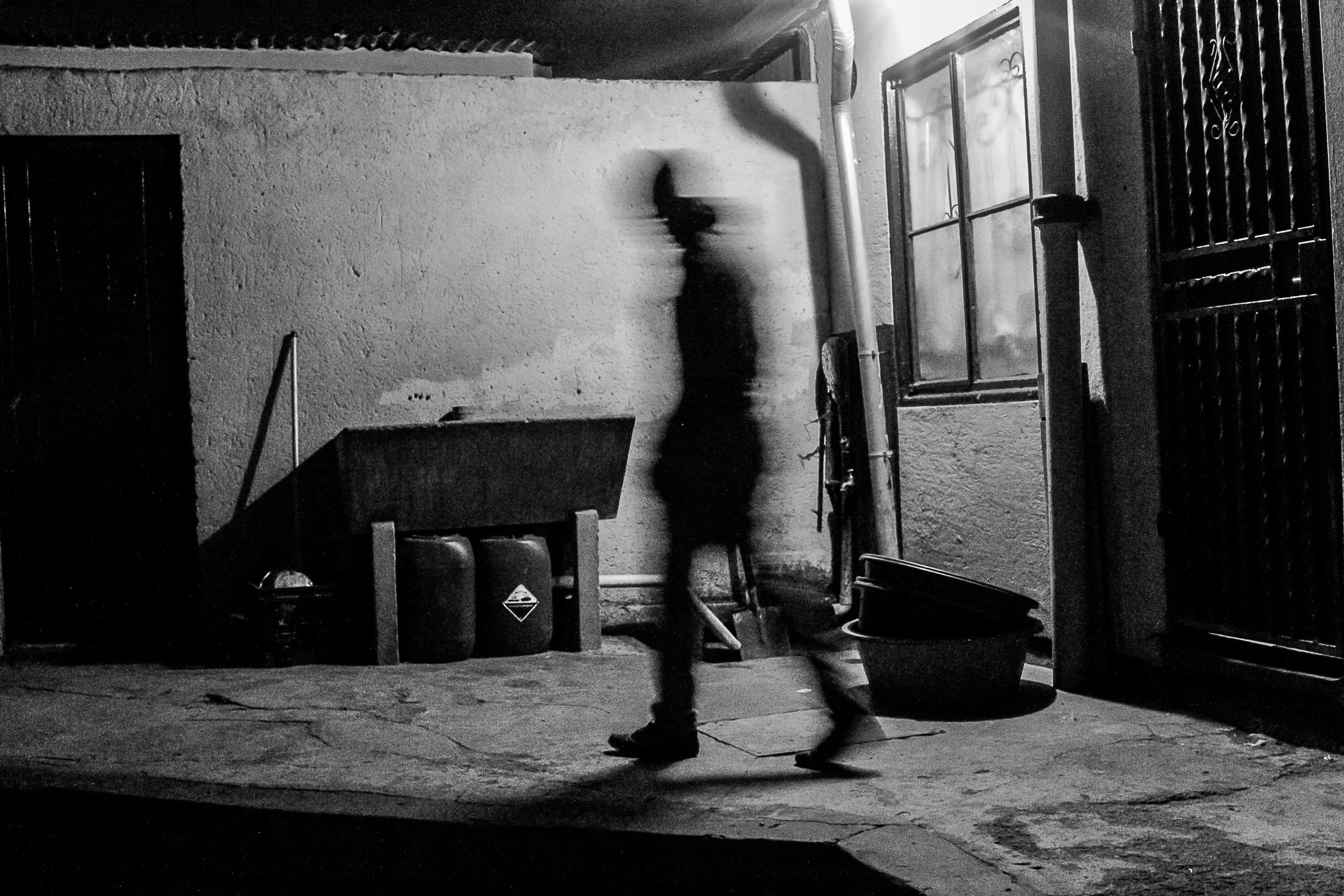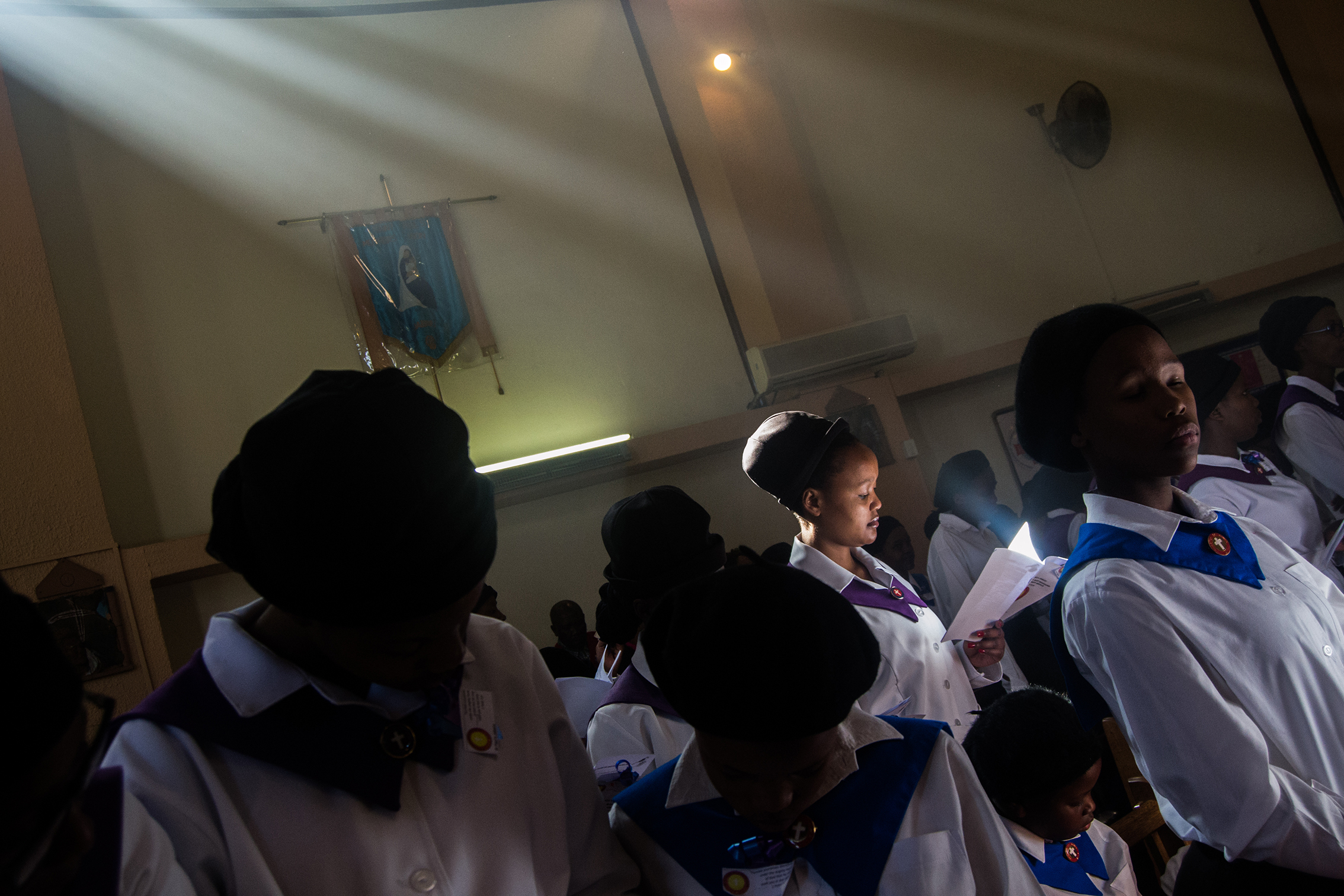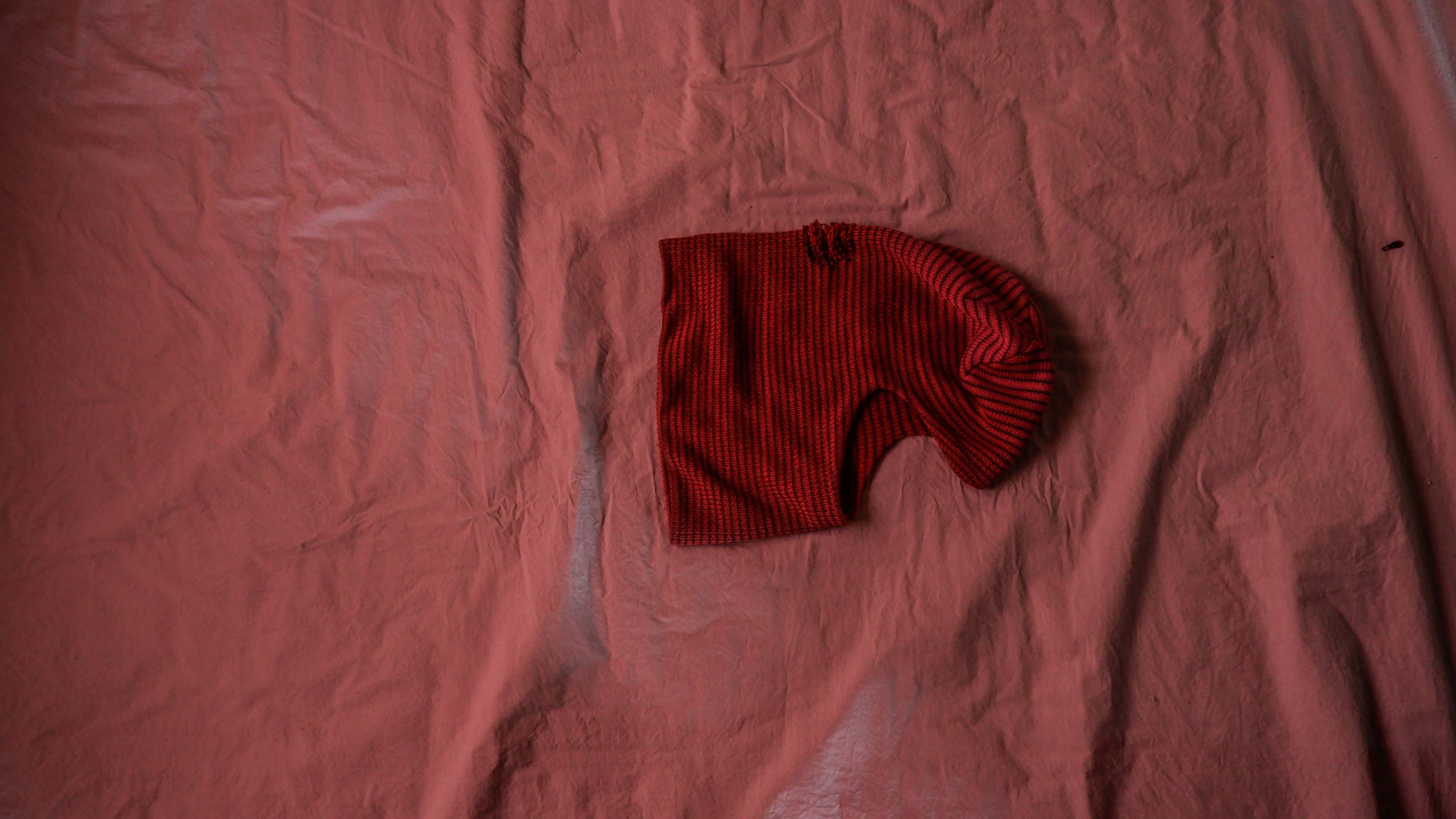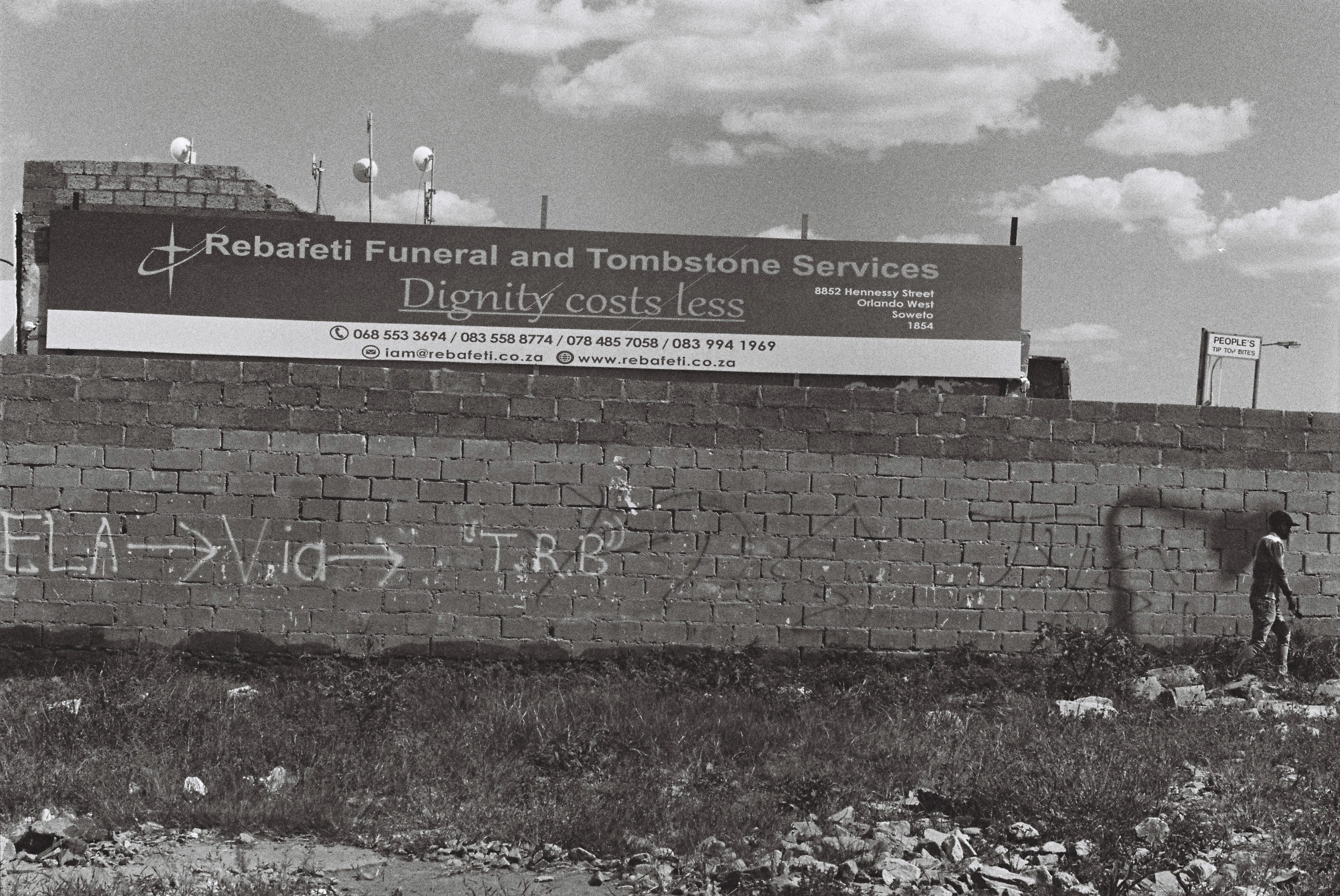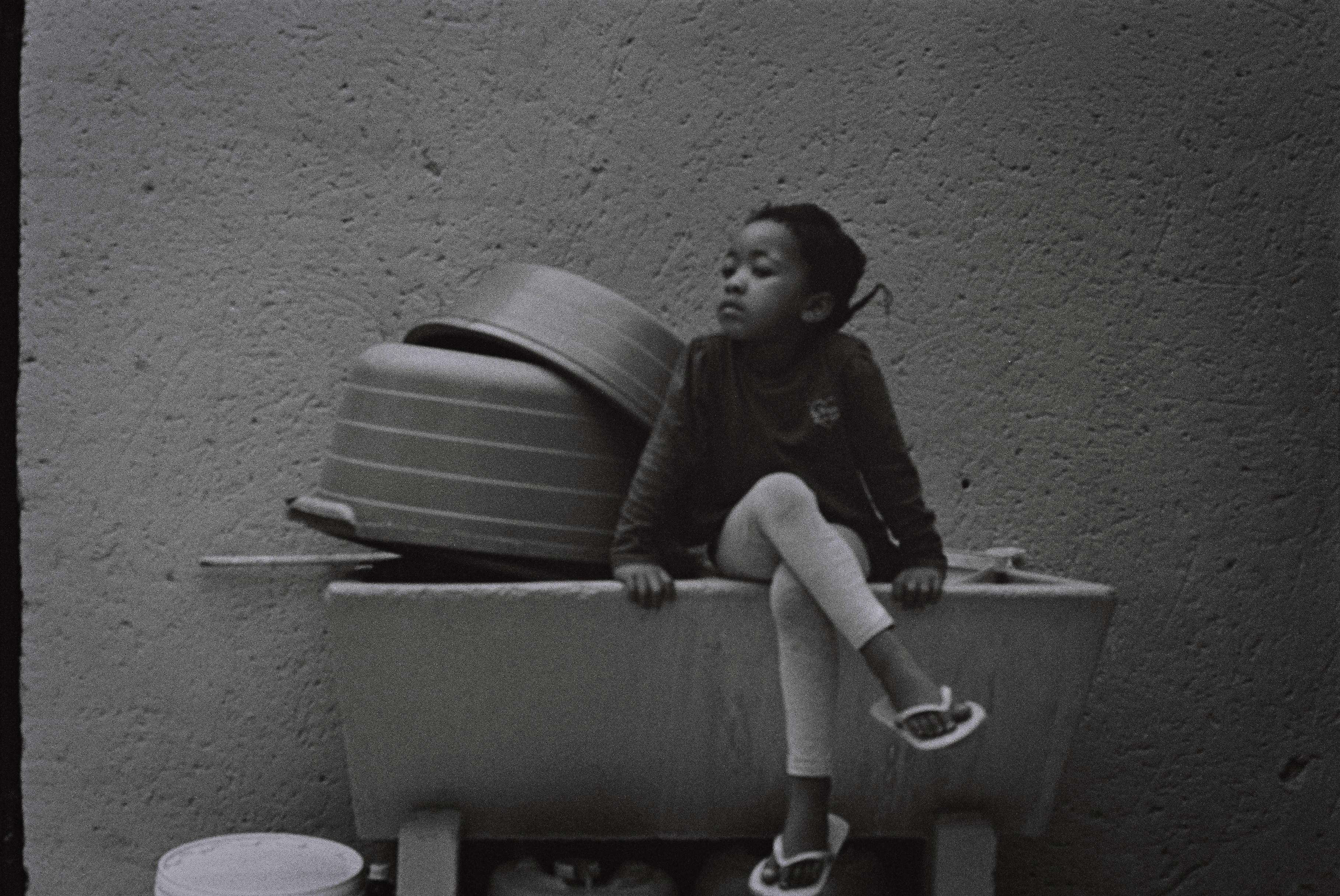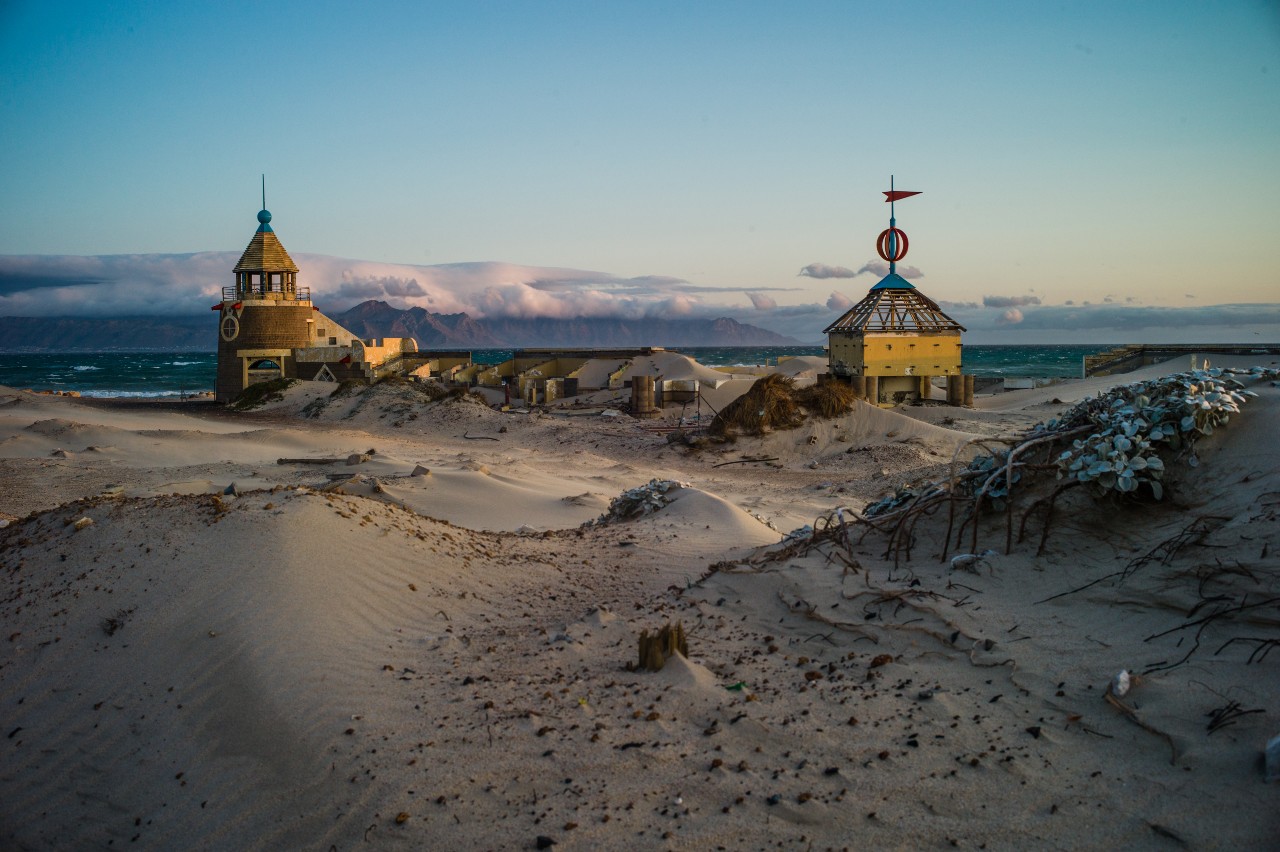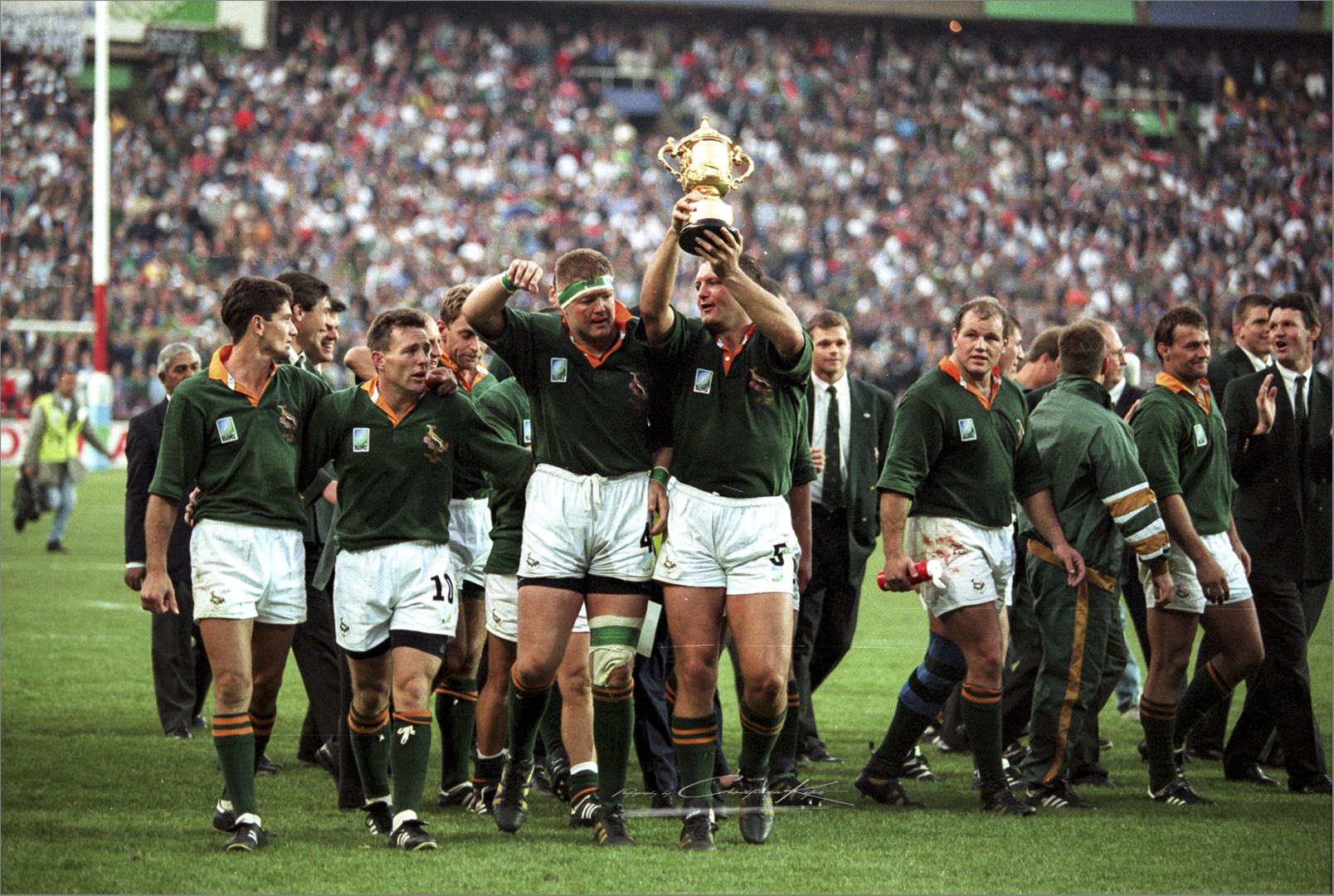Photographer and writer Tshepiso Mabula ka Ndongeni was born in the Lephalale district of Limpopo. She had no intention of becoming a photographer whilst growing up, but found her creative spark set alight after stumbling upon the work of renowned South African photographer Santu Mofokeng. Years later, having been the 11th recipient of the prestigious Tierney Fellowship at The Market Photo Workshop and having held two significant solo exhibitions, Tshepiso has cemented herself as a notable presence in South Africa’s current generation of photojournalistic documentarians.
We connected with Tshepiso to discuss her greatest learnings as a documentary storyteller, and dig into the advice she has for new photojournalists seeking to tell authentic stories while empowering their subjects’ agency, rather than hindering it.
You can view Tshepiso’s latest documentary work on her Instagram, as well as get access to her newest writings on the topics her images tackle.
Orms: Tell us about the birth of your passion for documentary photography and photojournalism.
Tshepiso Mabula: I was at my wit’s end, having been rejected by every university that I had applied to. I stumbled upon work by Santu Mofokeng and proceeded down a rabbit hole of historic South African photographers. Fast forward to about two years after that I was enrolled at The Market Photo Workshop studying photojournalism and documentary photography.
Orms: What ignited this spark, and how did you go about pursuing it in the initial stages?
Tshepiso Mabula: I started off photographing on my phone. I remember the actual day. It was cloudy and gloomy in Lephalale, my hometown. I was sitting outside looking at the old, dilapidated house that my mother grew up in, took a picture of it on my old Nokia, made a few edits and posted it to Facebook with a caption that said, “thinking of taking up photography, what do you guys think?” After getting a few good responses, I decided that was it. I saved up, eventually bought an old DSLR and I started photographing friends and family. After realising that this was something I loved, I decided to enrol and study towards it so that I could hone my skills.
Orms: From your studies at Market Photo Workshop and remarkable solo and group exhibitions, what would you say has been your greatest learning when it comes to documentary photography?
Tshepiso Mabula: The greatest lesson has been that the ability to tell stories through photography is a powerful privilege and with that power one must exercise responsibility. I have, in recent years, started to look inward so that I can learn to be more mindful of where and how I point my camera.
Orms: How have these experiences shaped and moulded you as an image-maker, and your approach to this genre of photography?
Tshepiso Mabula: I have learnt that my presence as a photographer can be quite daunting to people. It can be disruptive in certain spaces so when I am allowed in, I have learnt that I should be more mindful and respectful.
Orms: Please provide your top tips for those who would like to start shooting documentary photography. How can photographers capture the scene, without interfering with its story, and represent the narrative truthfully?
Tshepiso Mabula: These are my top pieces of advice.
- The first thing is to start. There is no monopoly on creativity, so if you feel the urge to photograph, do it.
- The second is to learn as much as possible about your practice. Look at what other people in the field are doing, look at archival work or historical works in your field and learn what you can and cannot do to become better.
- I think it is also important to be aware of where you are and how you fit into the space. It is tiring in 2022 to see work that is tone-deaf and problematic. A sense of awareness in this sense is helpful, pay attention to the power dynamic between you and the people or spaces you photograph. Allow them agency, show them the images you make of them and engage how they see themselves compared to how you see them. Allow them to tell their own stories, even if you are the vessel. The days of being a so-called ‘voice for the voiceless’ are long gone: everyone has a voice. Just listen and let them speak through you.
- Lastly, I don’t think one can photograph a story without interfering. I think in some way our presence as photographers is disruptive as is so being aware of where you stand, what your opinions are vs what the story that needs to be told is, is what will be helpful. Be aware, read the room, listen and allow the story to come to you.
Orms: What gear is essential for documentary photography? What do you have in your kit bag/what do you use to make your images?
Tshepiso Mabula: I love Fujifilm’s mirrorless series. I like to keep things simple when it comes to gear because I think the photographer must do all the work, even if you don’t have the most sophisticated tools. Recently I have converted fully to analogue photography because I believe it allows me to slow things down and be more mindful about what I am photographing. I use a Pentax K1000 and sometimes a Mamiya 645.
